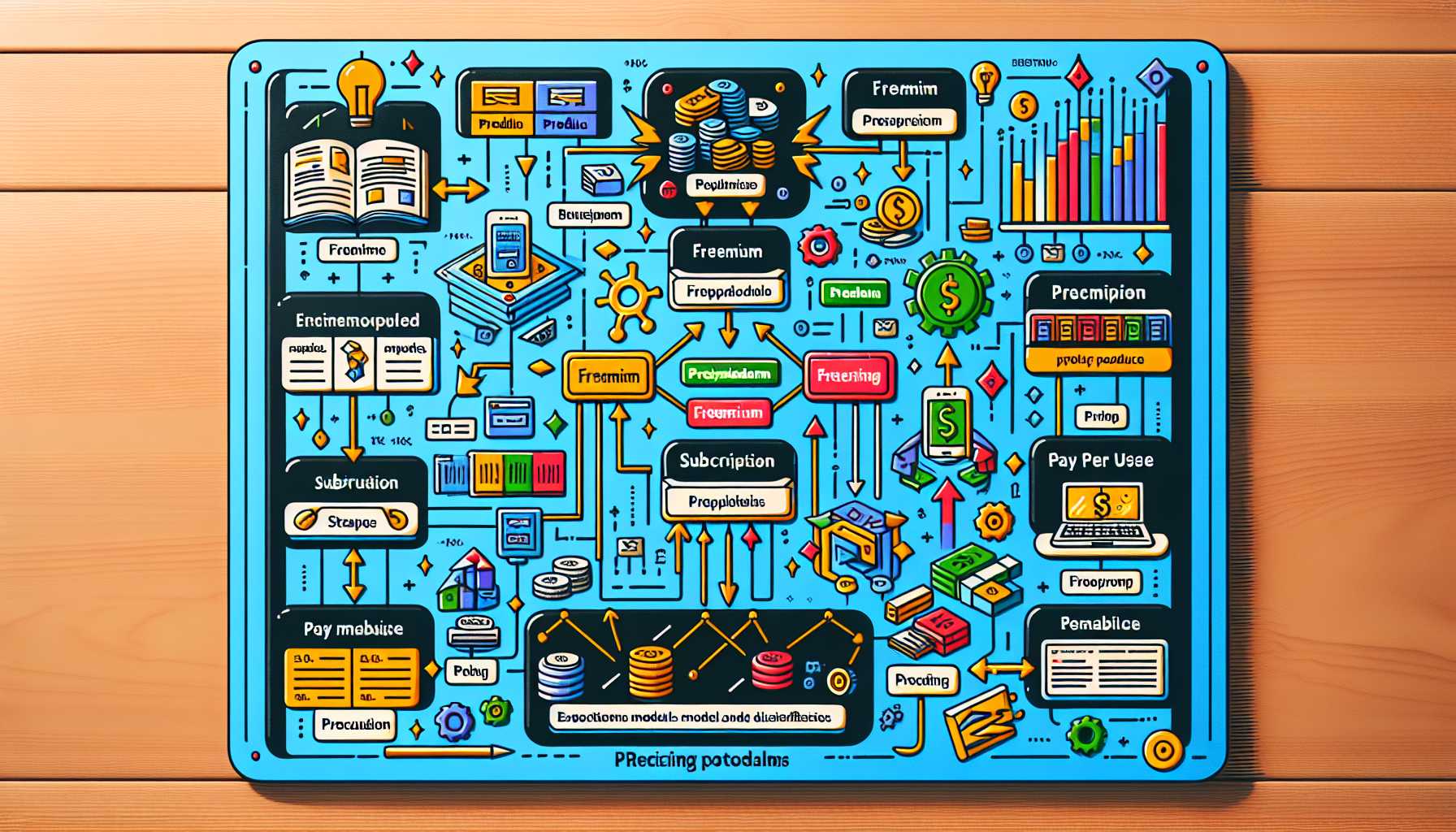Welcome to the sophisticated world of product pricing—a vital element of product management that requires a blend of market savvy, consumer psychology, and strategic finesse. In the dynamic realm of the tech industry, where innovation is ceaseless and competition stiff, setting the right price for your product can be the difference between market triumph and obscurity. In this article, I will delve into the strategies and frameworks that seasoned product managers can deploy to strike the right pricing chord, drawing on my own experiences to illuminate the path to pricing excellence.
Understanding the Pricing Landscape
Before we begin, let’s establish one truth: pricing is not solely a function of cost-plus margin. It reflects the value your product provides, the competitive environment, and your company’s strategic goals. There are a few product pricing models famously used in the tech industry:
- Cost-plus pricing: basing the price on the cost of production plus a predefined profit margin.
- Value-based pricing: pricing products based on the perceived value to the customer rather than the cost of production.
- Competition-based pricing: setting prices based on competitors’ strategies, prices, and market positioning.
- Penetration pricing: setting a low initial price to enter a competitive market and increase market share rapidly.
- Skimming pricing: launching with a high price and lowering it over time as the product matures in the market.
Each model has its pros and cons, and the right choice often hinges on a multitude of factors, including product lifecycle, market maturity, brand positioning, and customer expectations.
Aligning with Market Demand Through Value Metrics
In my personal experience, the most compelling pricing strategy is often a hybrid one, with value-based pricing at its core. The value metric is a critical component in this equation, serving as the unit by which value is quantified (e.g., per user, per 1000 API calls, per GB of storage).
I once led a product team for a SaaS platform where we grappled with pricing tiers. After extensive customer interviews, A/B testing, and competitive analysis, we determined that a per-user pricing model was out of alignment with the value our customers experienced. They found greater value in our performance analytics than the sheer number of users. By shifting to a value metric based on analytics depth, we were able to capture more value and better align with our customers’ needs.
Competitive Analysis: A Prerequisite for Pricing
A thorough competitive analysis is non-negotiable. I recall a situation where we innovated a feature that clearly differentiated us from competitors. We were tempted to price high but recognized that our entire suite’s perceived value mattered more than any single feature. To gauge the market, we analyzed competitors’ offerings, positioning, and customer feedback. We also considered our market share and the entry barrier for new customers before setting a price that was aggressive but fair, which ultimately strengthened our market position.
Dynamic Pricing Strategies: Being Agile and Responsive
Price agility is crucial. The market is not static, and neither should your pricing be. In the dynamic tech world, sustainability often depends on your ability to react to market shifts. I’ve steered through several pricing adjustments when external factors like new regulations or emerging technologies influenced our value proposition.
For instance, a change in data privacy law once depreciated a feature we heavily depended on for differentiation. To adapt, we swiftly revised our pricing downwards and realigned our messaging around other core features, restoring perceived value and retaining our customer base.
Pricing Experiments: The Pulse of the Market
A/B testing is a product manager’s ally. During a major feature rollout, my team utilized split testing to understand which pricing tiers resonated with our customers. The data collected was revelatory, showing a higher-than-expected willingness to pay for a deluxe tier that bundled high-demand features.
Additionally, we closely monitored key metrics such as customer acquisition cost (CAC), lifetime value (LTV), and churn rates, allowing us to adjust pricing levers with precision. I recommend using experimentation sparingly and with clear hypotheses to avoid customer confusion or backlash.
Psychological Pricing Considerations
Let’s not ignore the psychological aspects of pricing. From charm pricing (ending prices with .99) to anchoring (presenting a higher-priced option first), psychological tactics have been immensely effective in my product pricing decisions.
For example, once by simply rearranging the order of pricing plans presented, we observed a 20% uplift in the uptake of our premium plan. This demonstrated the power of the anchoring effect, where the first number a customer sees sets the context for subsequent numbers.
Communication and Transparency: The Bedrock of Trust
Finally, how you communicate price changes can make or break customer trust. Framing the narrative around added value, better alignment with customer needs, or necessary adaptations due to increased costs is vital. Openness and transparency, as I’ve learned the hard way, are imperative not just in times of price increase, but more so when prices are decreased or models are shifted, as they may suggest desperation or a decrease in value.
Concluding, the journey of pricing a product is complex and continuous. It demands an understanding of your customers, a keen eye on the competition, and an agile approach to embrace market changes. My parting advice is to never stop learning from the market and to always price with a customer-centric mindset.

